While the earthquake of the 6.2 mugister and the following aftershoks that occurred outside Silivri on April 23, citizens discuss innovative measures that can be used both individually and institutionally.
One of the innovative technologies on the agenda is seismic insulators.
To reduce the transfer of forces implemented by the earthquake, the devices located between the building and the foundation are called seismic insulators.
Instead of transferring Tremor land directly into the building (which can cause serious damage), the insulator absorbs and rejects most of this energy. Thus, this allows the structure to move softer and safely.
In other words, these isolators exist the structure of the movement on Earth. Thus, in ordinary buildings, superstructure superstructures avoid and break the entire building.
Although insulators are usually added during the construction of the structure, you can later integrate into the structure, although difficult.
You can also think about them as shock absorbers of buildings.
Types of seismic insulators
There are various types of seismic isolation technologies. The most popular methods can be listed as follows:
Lead heart rubber Mesnet: Svinzovo -Rusin bear (LRBS) as English is a type of insulator with lead nuclei in the inside. Here the rubber layers are combined with lead seeds, thus, both flexibility and energy distribution.
Spring insulators: These systems, also known as a friction endulus bearing (FEB), use a sliding mechanism to ensure controlled movement during earthquakes. In other words, the floor and upper part of the building are swinging at this pendulum at separate speeds, and thus, the gap in the design is prevented. This type of insulator has become even more popular in the recent period.
Elastomeric support: In English, this system, known as elastomeric bears, uses both rubber and steel layers. The layers of natural rubber are separated by steel plates, and the rubber shell surrounds this design.
The concept dates back to the 19th century
The first concepts of seismic isolation are based on the 19th century.
At that time, some inventors developed this concept, offering to use sand or ball beds under buildings.
Nevertheless, the first real modern seismic insulators were developed in the 1970s. The scientist from New Zealanders Bill Robinson invented LRB at that time.
Robinson and his team invented LRBS, in 1981 in the building of William Clayton in Wellington. These four -year government building was the first building in which LRB was used.
In the United States, the first basic insulation building was the Center for Legal and Justice in the foothill communities, which was completed in 1985. In this building, to ensure seismic isolation, multilayer beds of natural rubber, reinforced with steel plates, were used.
These innovative practices have proved the effectiveness of seismic isolation from the forces caused by earthquakes, proved the effectiveness of technology more widespread throughout the world.
How effective?
Seismic insulators have proved that they significantly reduce structural damage and protect human life.
Today, many hospitals, museums and public buildings are built with insulators to maintain their functionality after an earthquake.
One of the most famous examples, the town hall of San Francisco was strengthened by insulators in the 1990s. The insulators performed extraordinary results in the subsequent events of the earthquake.
The earthquake in the North Hall in California in 1994 and the earthquake in Kraisthhchi in New Zealand in 2011 showed that the insulation structures were much less damaged than other nearby structures.
Is it used in Turki?
Seismic insulators in the Turkic have become widespread over the past 10 years. 1999 Earthquakes in Gölkuk and earthquakes in Kazakhmanmarasha in 2023 increase interest in this technology.
Finally, it is known that city hospitals in Istanbul are strengthened by seismic insulator systems to ensure continuous medical services during an earthquake.
According to the Anadolu agency, in 8 hospitals 5 thousand 317 insulators were actively available. As a result of the earthquake of 6.2 -the mage that occurred on April 23, the insulators are successfully working, while new hospital projects are aimed at distributing this technology.
Among the hospitals reinforced by the insulator, Başakşehir Cham and the city hospital Sakura with 2 thousand 68 insulators, the city hospital Kartal Lütfi Kırdar, 827 Pendik Prof.dr.Dr. The hospital of Dr. Asaph Atasveng stands out. Göztepe Prof.dr. Dr. Professor d -r Suleiman Yalchan City Hospital and Dr. Okmeidani. In the city hospital, Semil Tashchaooglu has 503 insulators.
In addition to this, insulators were used in the towers at Istanbul Airport to prevent flight transportation not to be interrupted during an earthquake.
How many expenses are their expenses?
Since seismic isolators are placed on the basis of the building, it will most likely be used in the building.
Because it can be a very complex and expensive process to add an insulator to an existing apartment. Because during this process it is necessary to separate the existing building from the foundation.
It is assumed that the addition of a seismic insulator for a new building brings an additional burden in the amount of 5 to 10 percent to the total construction cost.
The use of the insulator to the existing building can cost up to 30-40 percent of the cost of the building.


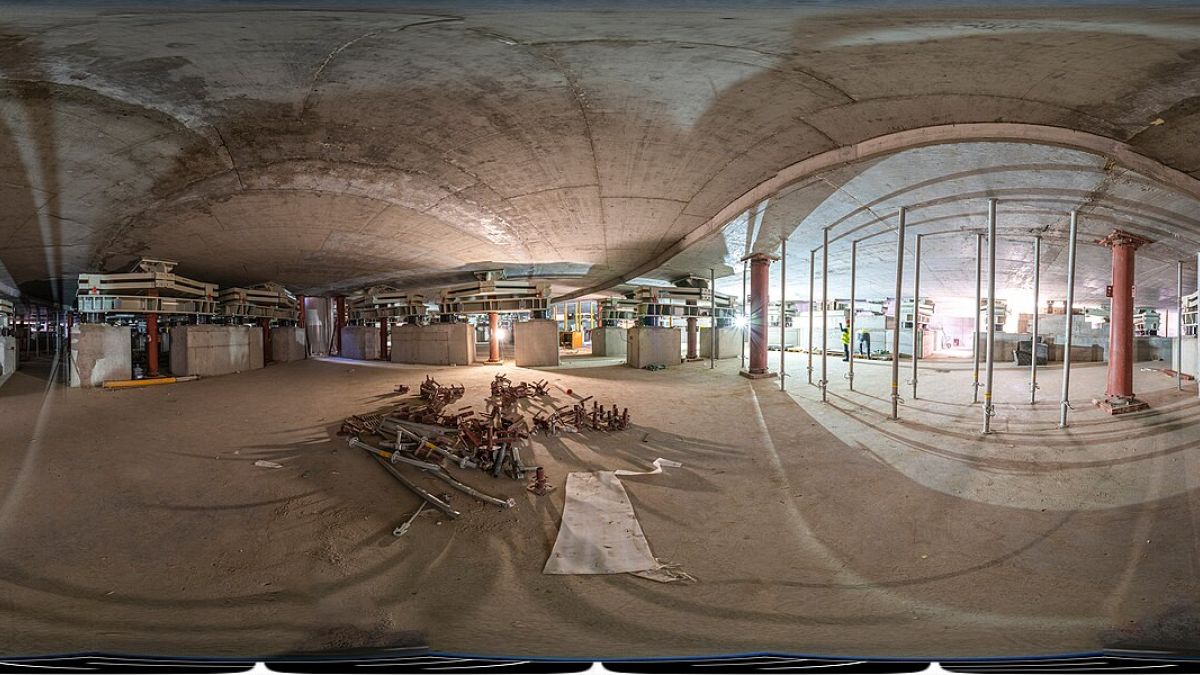
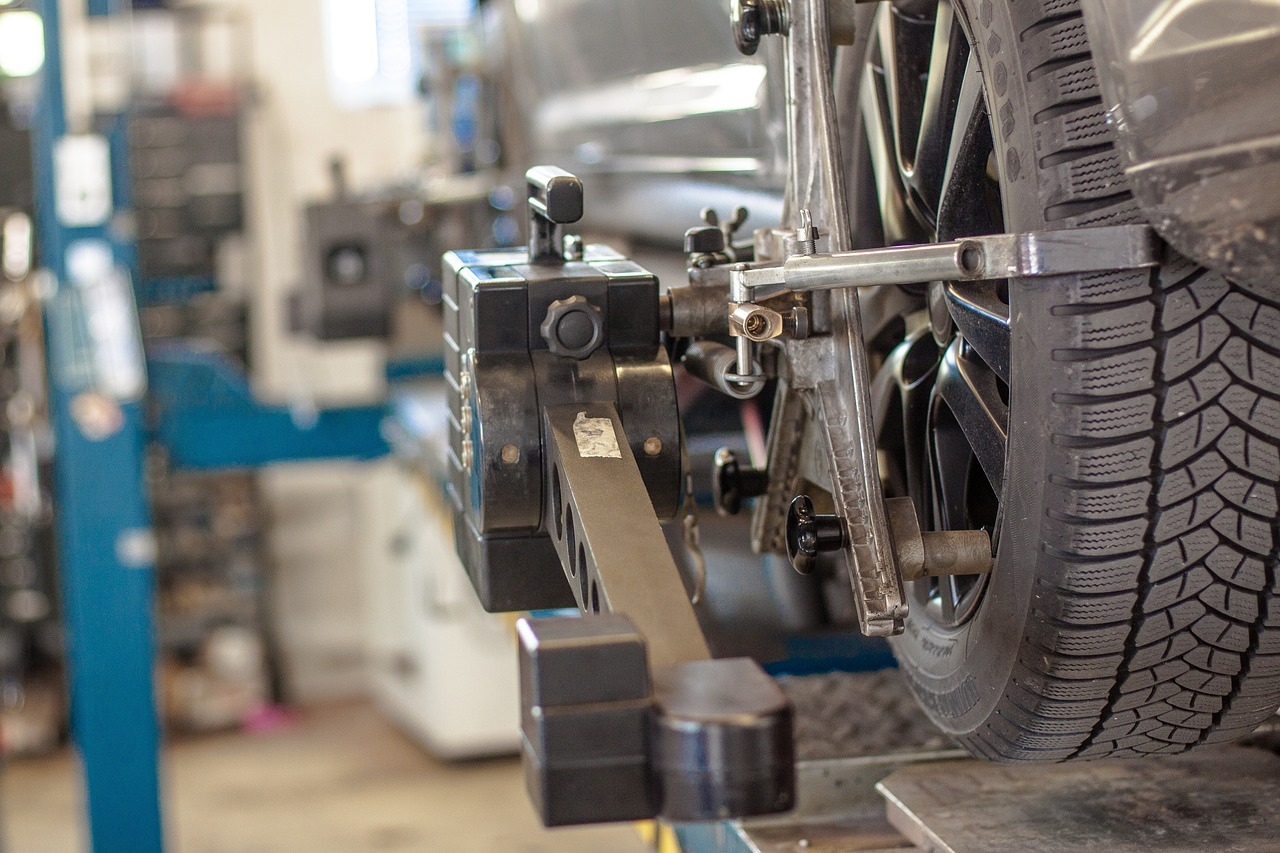
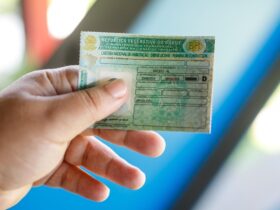




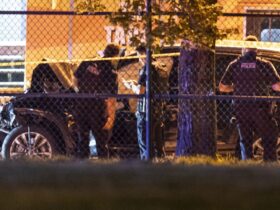

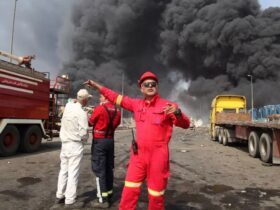
Leave a Reply